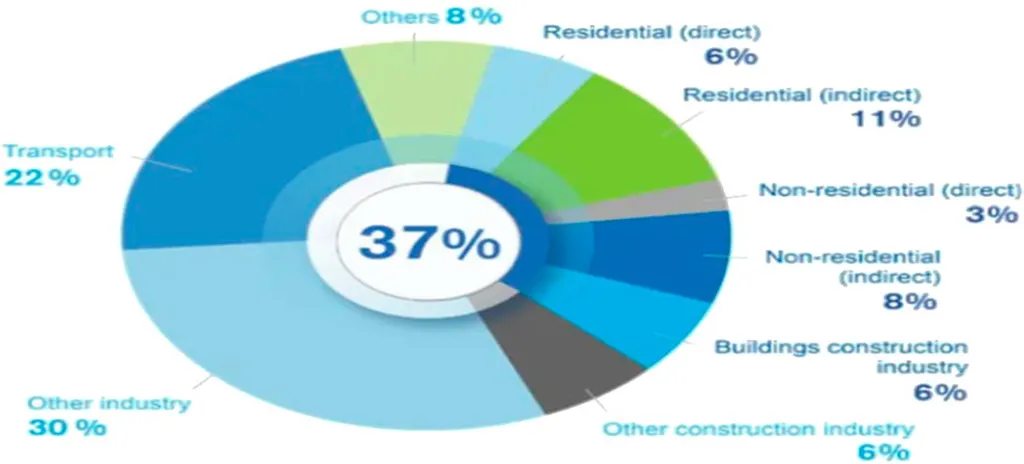In the quest to harness Earth’s hidden energy, researchers have made a significant stride in optimizing enhanced geothermal systems (EGS), potentially unlocking more efficient and cost-effective geothermal power generation. A recent study published in *Nature Scientific Reports* by Ling Zhou of Shandong Jianzhu University’s School of Civil Engineering introduces an innovative approach that combines numerical simulation, advanced machine learning, and decision-making processes to enhance the performance of EGS.
Geothermal energy, a renewable and sustainable resource, holds immense potential to meet global energy demands. However, optimizing the extraction process has been a complex challenge. Traditional methods rely heavily on time-consuming numerical simulations, often struggling to identify the globally optimal operation strategy. Zhou and his team aimed to address this issue by developing a comprehensive optimization method that significantly improves both accuracy and computational efficiency.
The researchers focused on five key parameters: well spacing, water injection rate, injection temperature, fracture permeability, and fracture spacing. Using numerical simulation data, they developed optimized Back-Propagation Neural Network (BPNN) prediction models enhanced with Particle Swarm Optimization (PSO) and Genetic Algorithm (GA). These PSO-GA-BPNN models were used to investigate the impact of various factors on the heat recovery performance of a three-horizontal-well EGS in the Zhacang geothermal field.
“By integrating these advanced techniques, we were able to create a robust framework that not only predicts the performance of EGS with high accuracy but also identifies the optimal operation strategy,” said Zhou. The team further employed the Analytic Hierarchy Process to calculate the weights of evaluation indexes for each geothermal development, ensuring a comprehensive assessment.
The results of the study are promising. The optimal power generation scheme identified includes a well spacing of 600 meters, a water injection rate of 27 kg/s, an injection temperature of 58°C, a fracture permeability of 1×10–10 m², and a fracture spacing of 100 meters. This configuration is expected to yield an installed capacity of 6.05–8.17 MW, with a total generating capacity of 3,163.16 GWh and a levelized cost of electricity of $0.033/kWh.
The implications of this research are far-reaching. By improving the efficiency and reducing the costs associated with geothermal energy extraction, this method can accelerate the adoption of geothermal power, contributing to a more sustainable energy mix. “This approach not only enhances the performance of EGS but also provides a valuable reference for other geothermal projects,” Zhou added.
As the energy sector continues to evolve, the integration of advanced technologies like PSO-GA-BPNN models and the Analytic Hierarchy Process offers a glimpse into the future of geothermal energy optimization. This research paves the way for more efficient and cost-effective geothermal power generation, potentially reshaping the energy landscape and driving the transition to a cleaner, more sustainable future.

